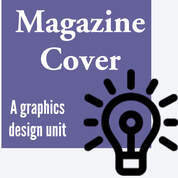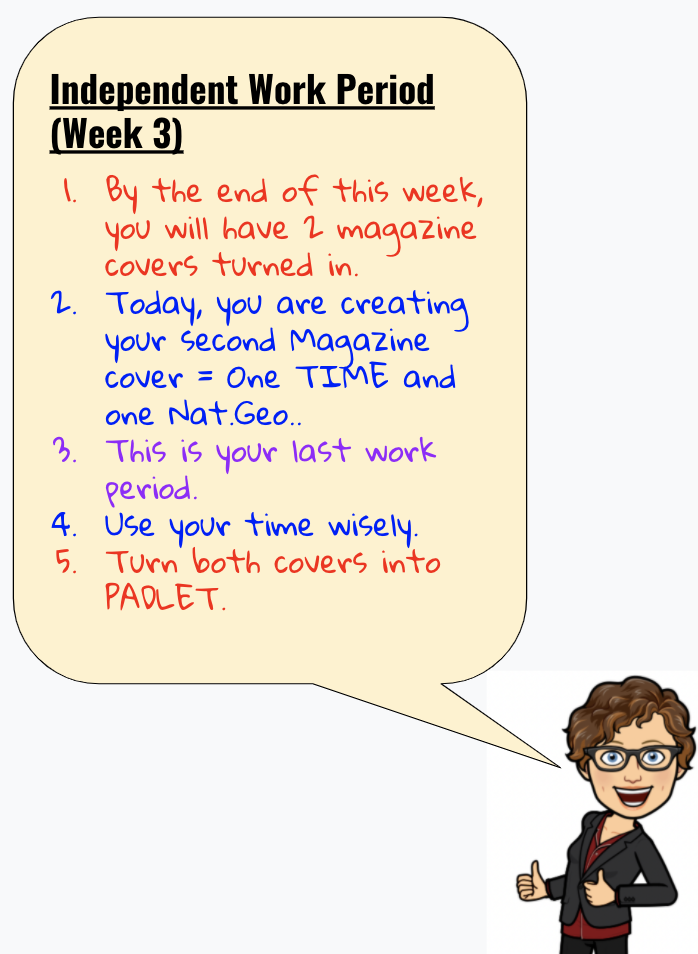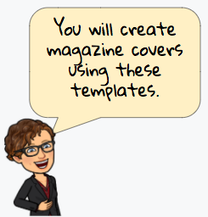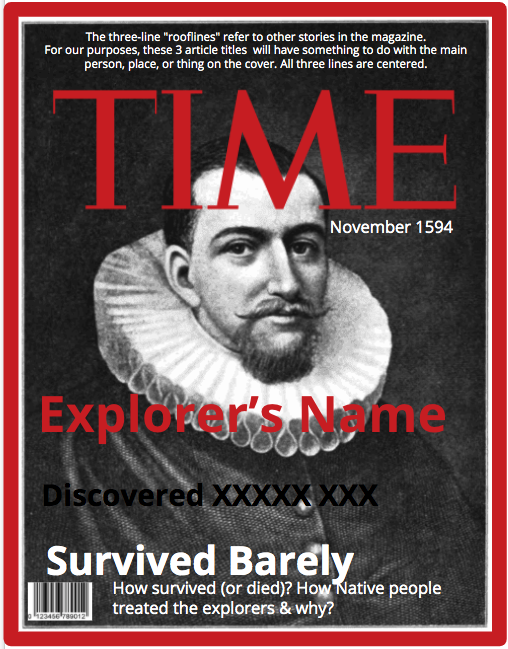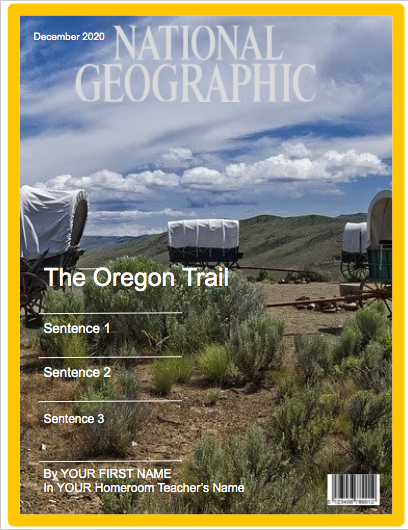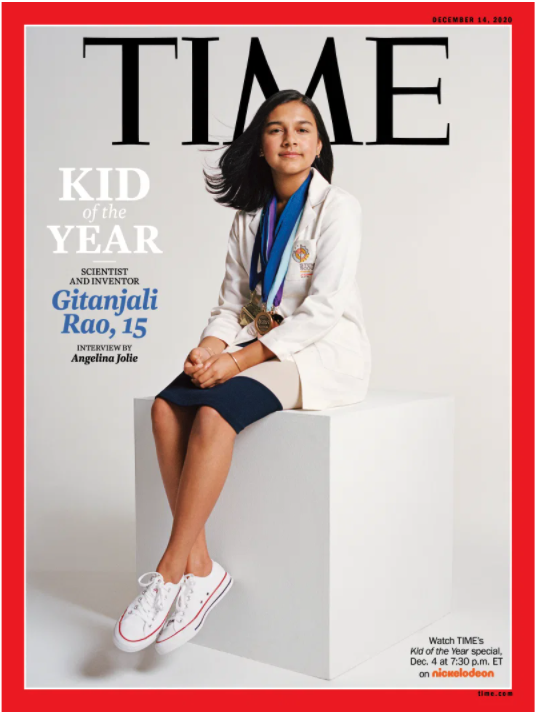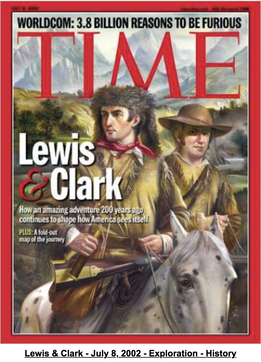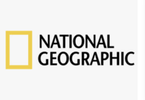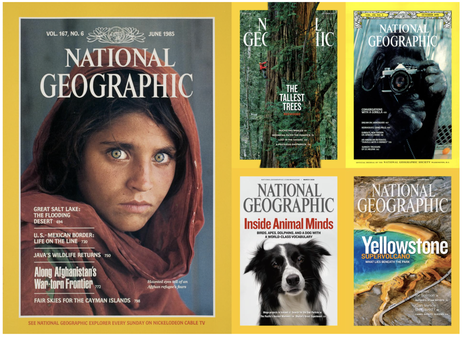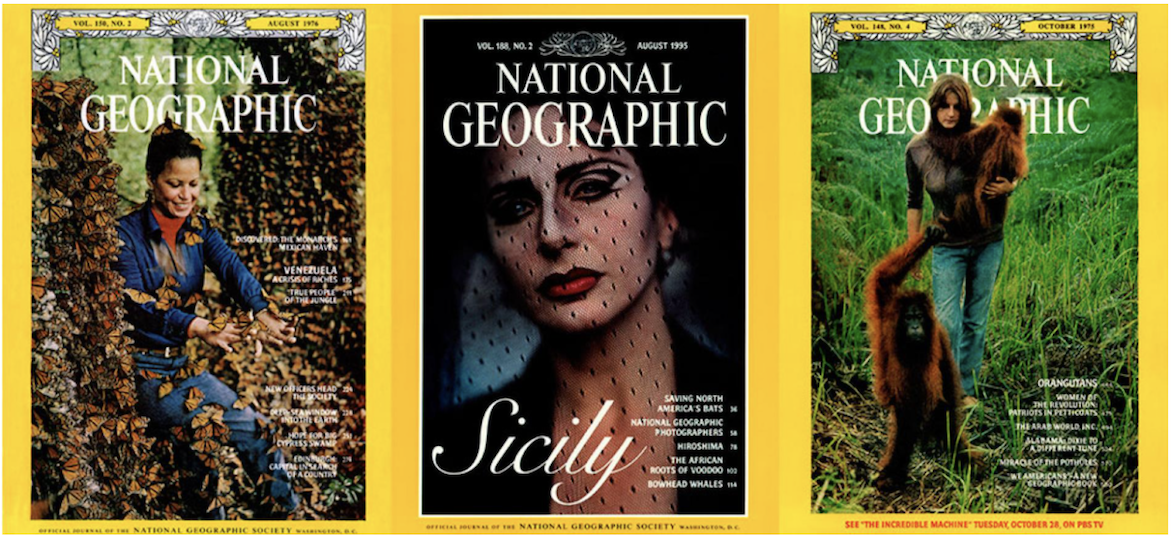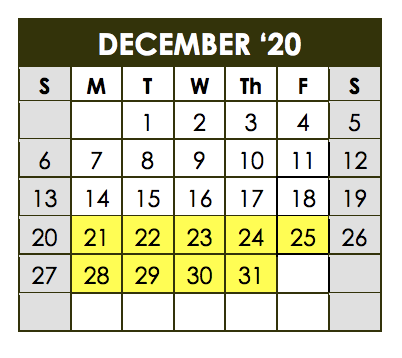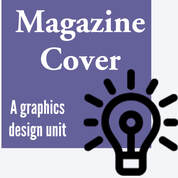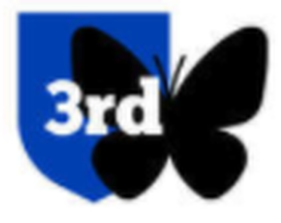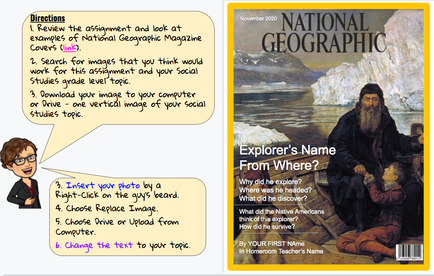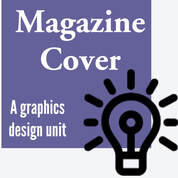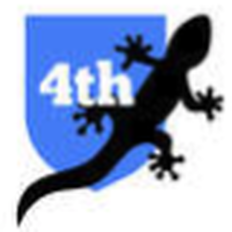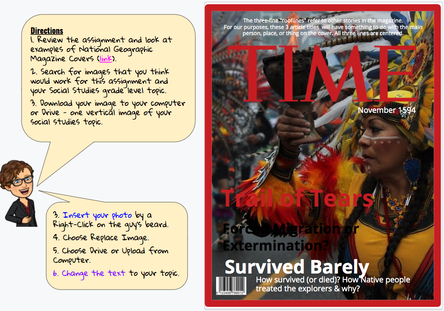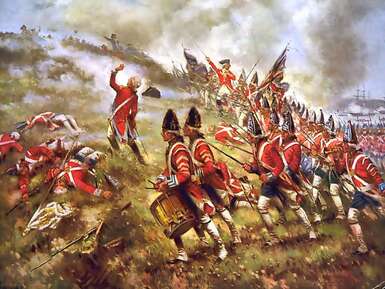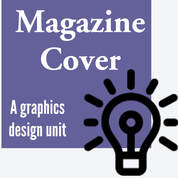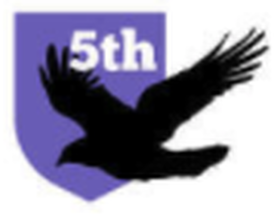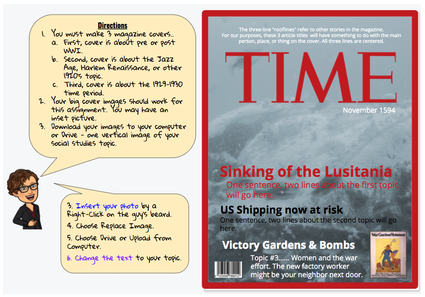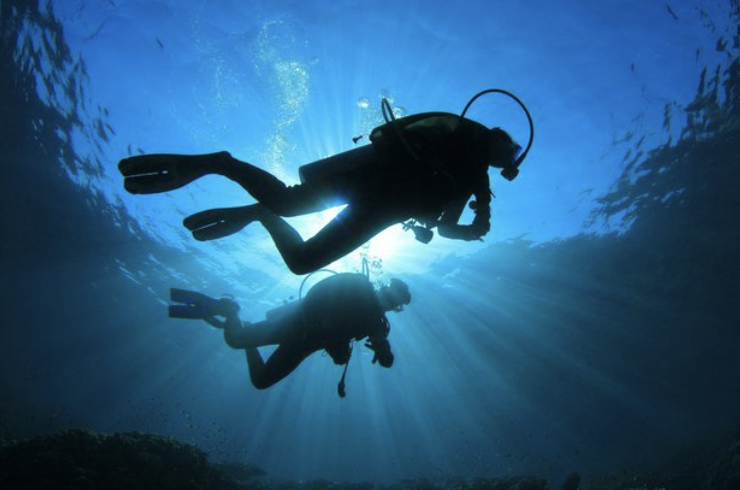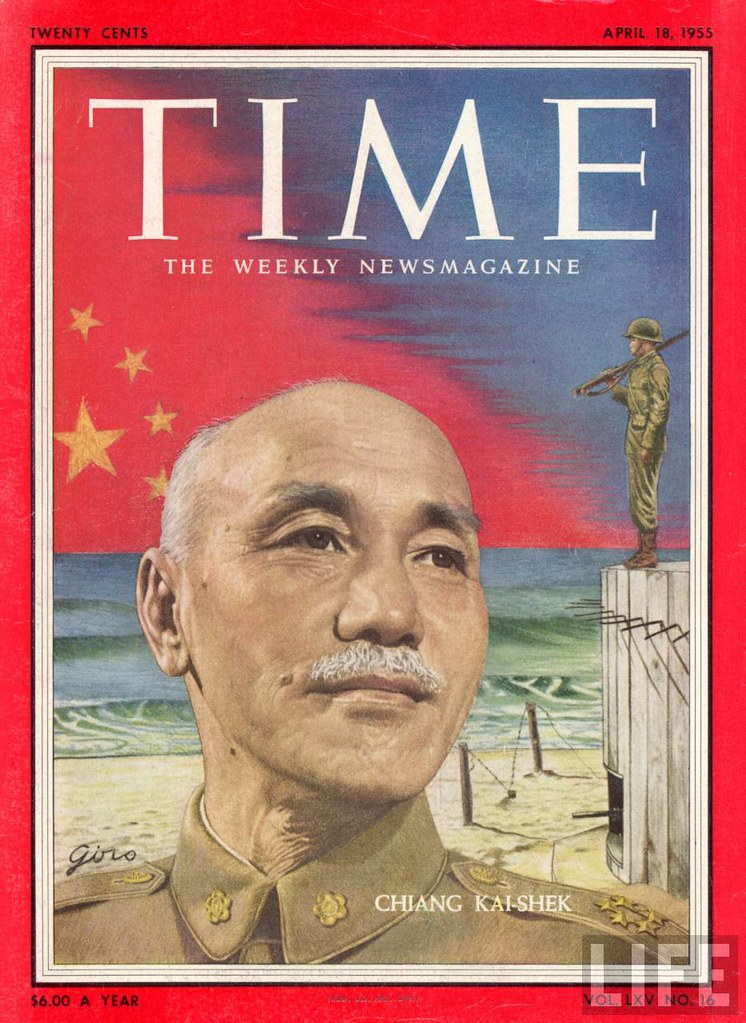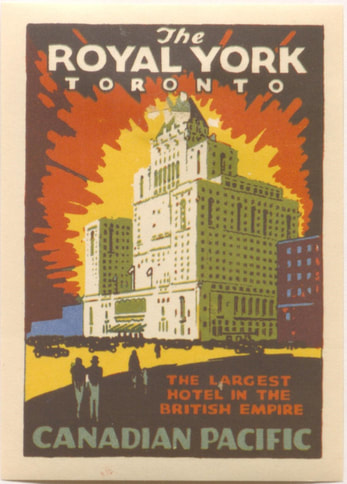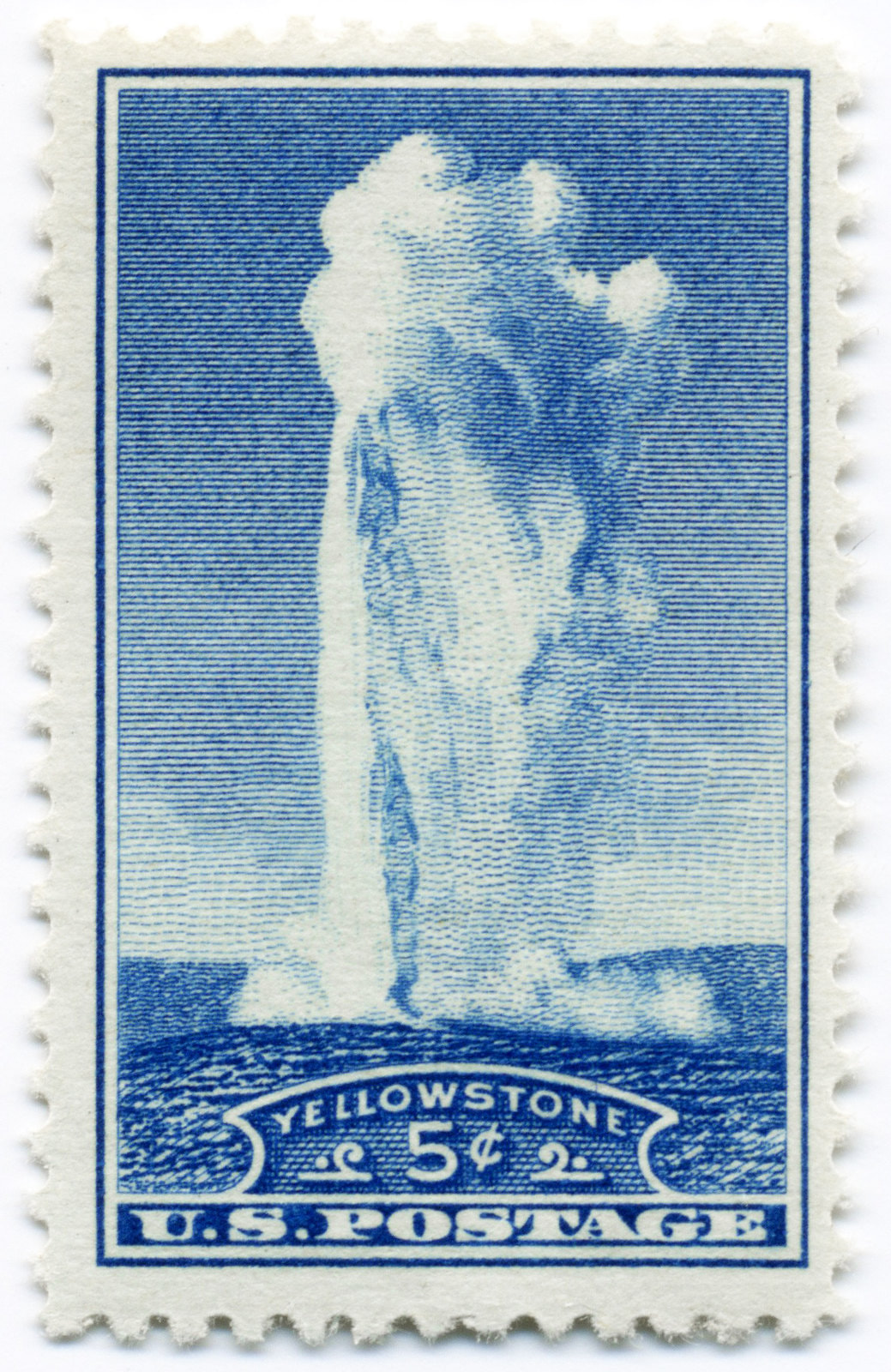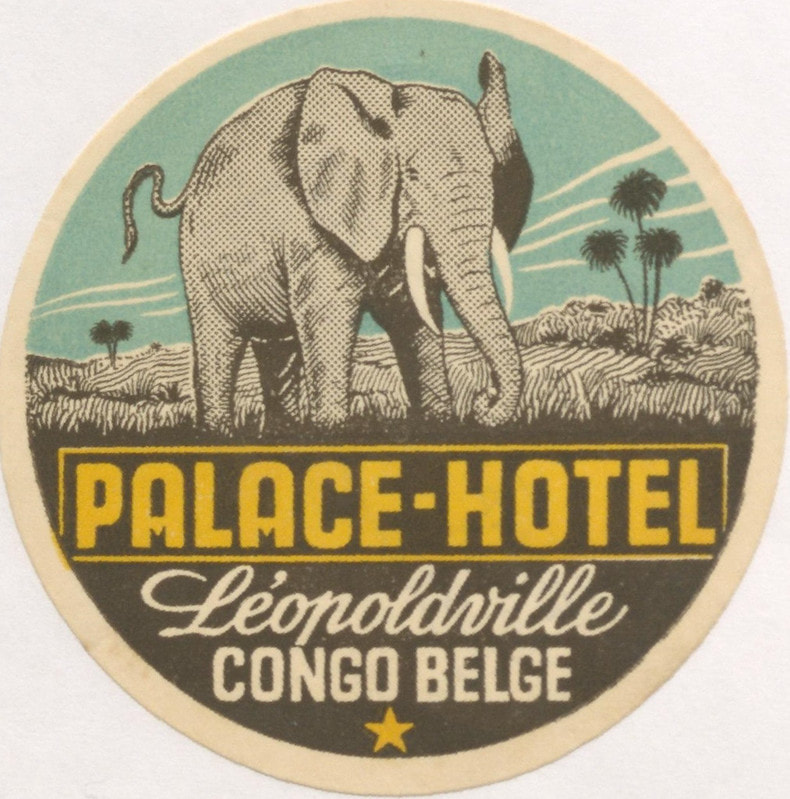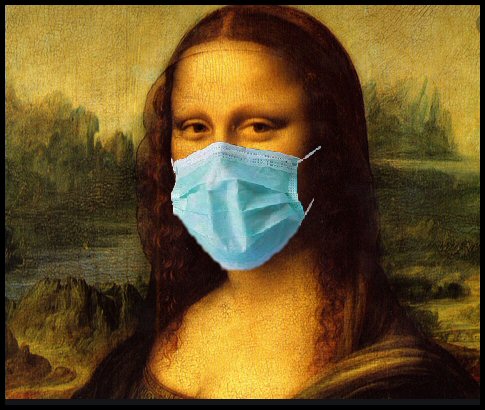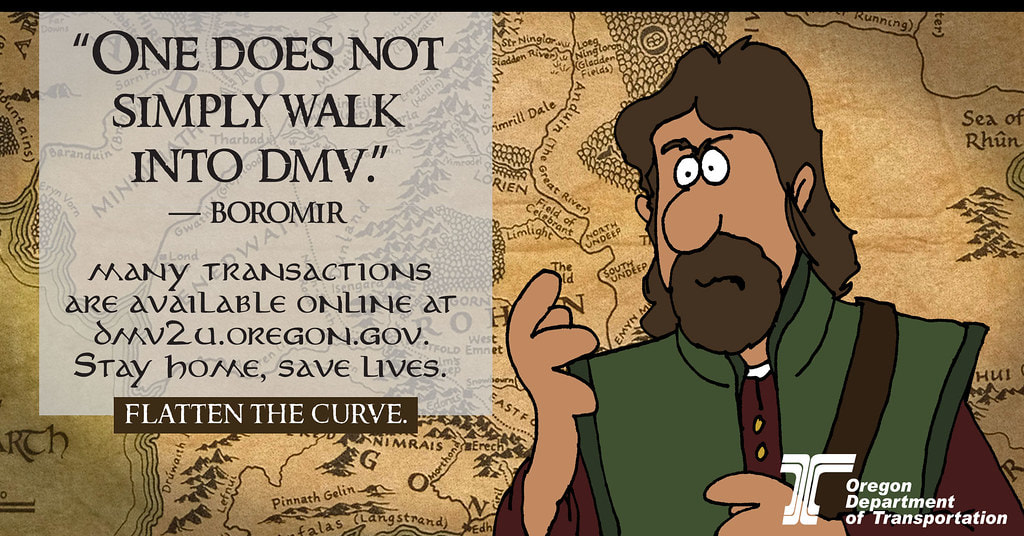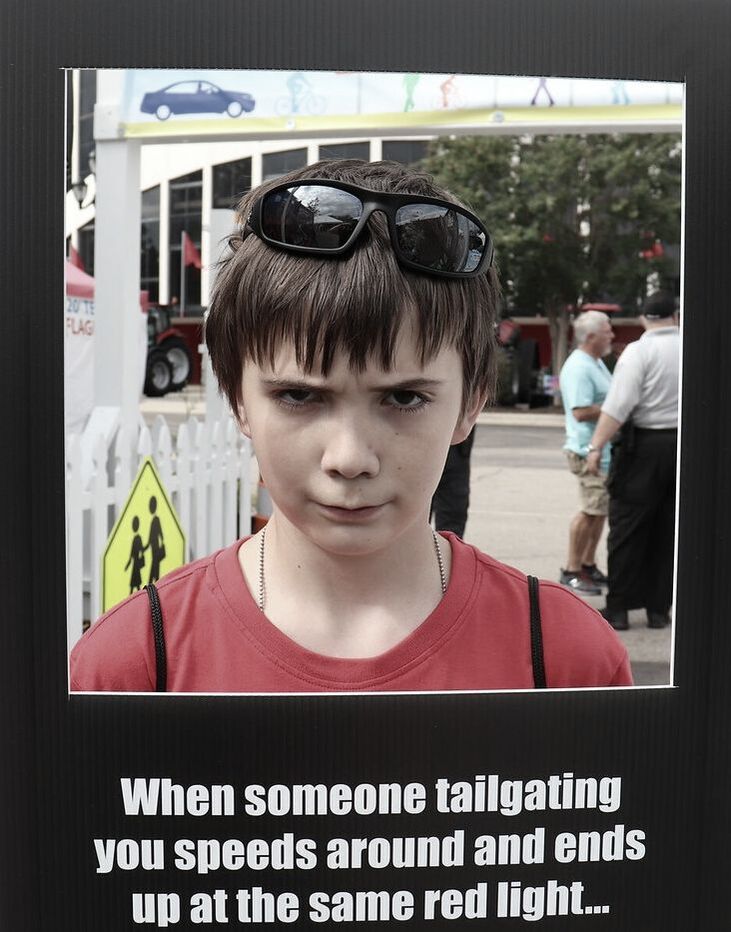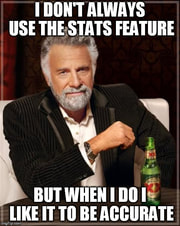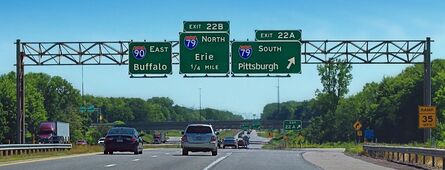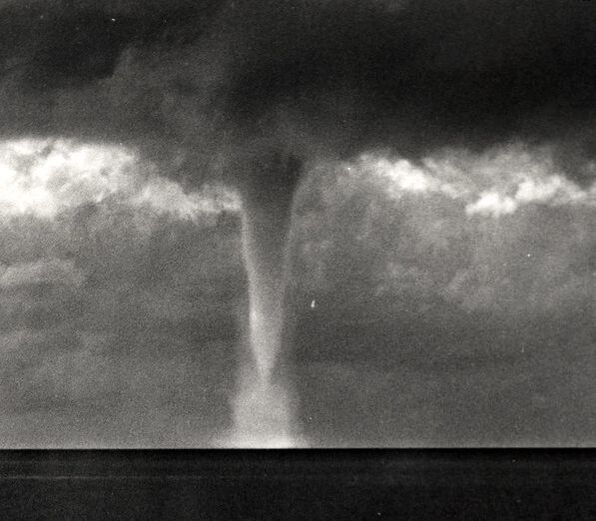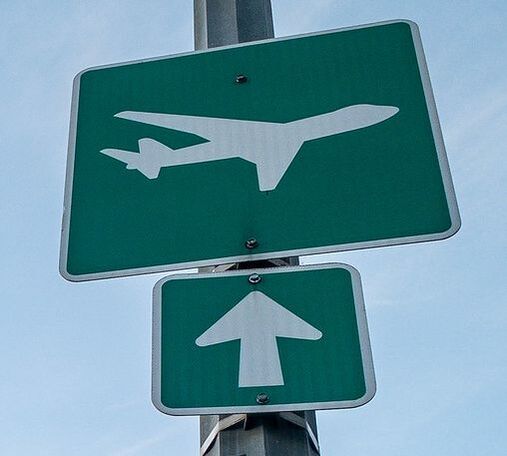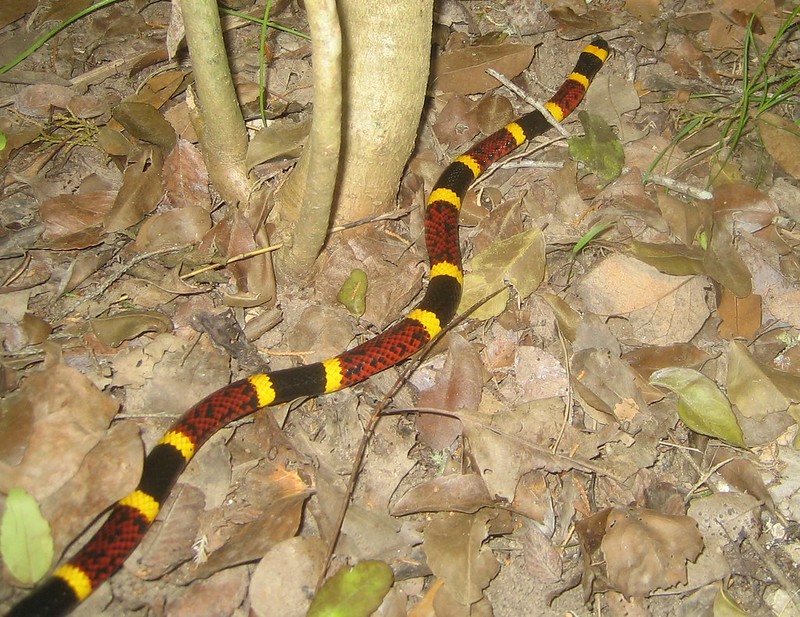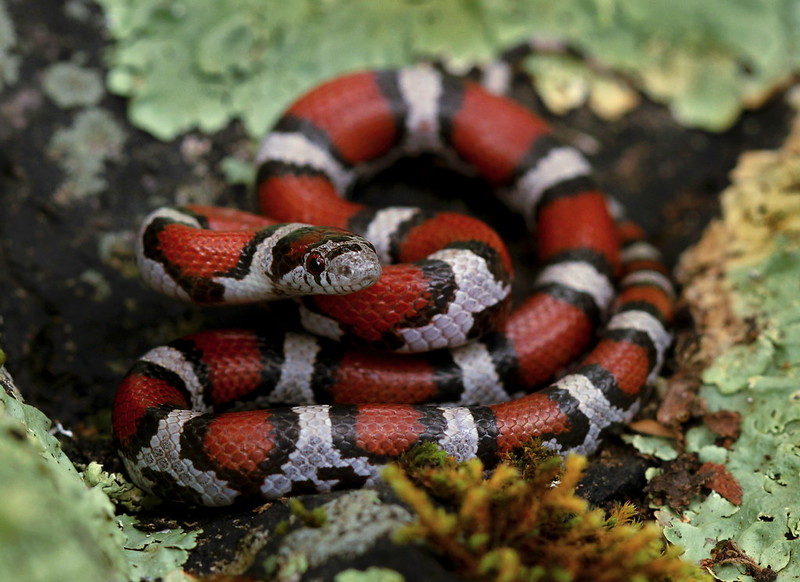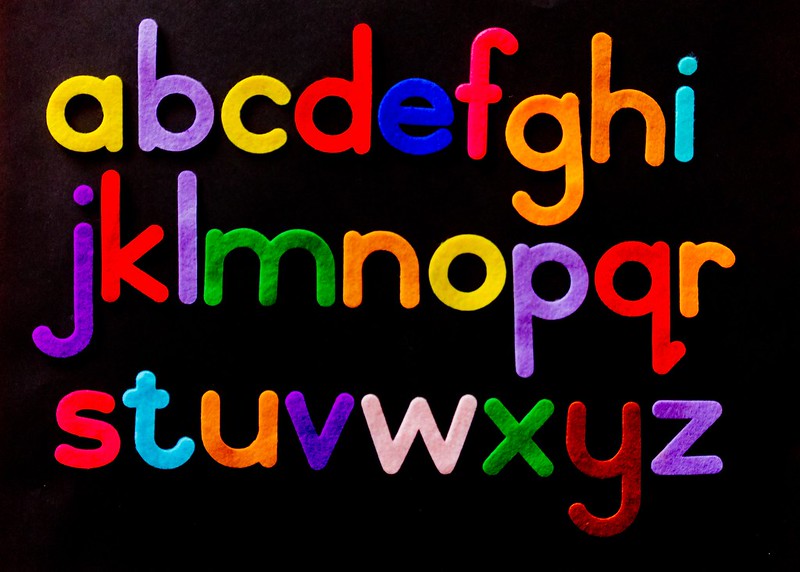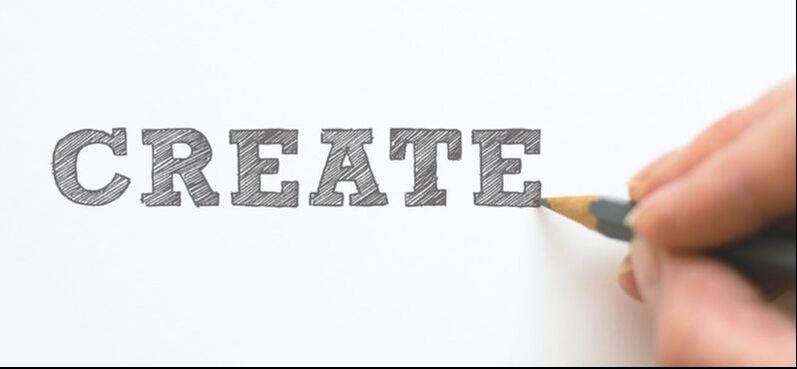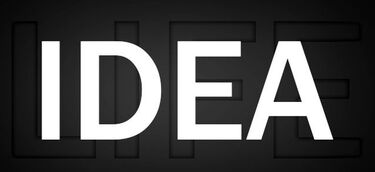STEM/STEAM Scenario:
Imagine you work as a graphic designer for Georgia Public Broadcasting (GPB). GPB is creating a new, multimedia series to help teach virtual learning of social studies topics to upper elementary students. Since you just finished this Social Studies unit in school, GPB has asked you to create magazine covers using the templates provided. Your chosen topic must be historically accurate, spelled correctly, and follow your grade-level magazine templates. The magazine covers are Time Magazine and National Geographic. Use the template word banks to get the spellings correct. Use your social studies interactive notebook, textbook, resources provided on this page or the internet to make sure you are historically accurate.
Imagine you work as a graphic designer for Georgia Public Broadcasting (GPB). GPB is creating a new, multimedia series to help teach virtual learning of social studies topics to upper elementary students. Since you just finished this Social Studies unit in school, GPB has asked you to create magazine covers using the templates provided. Your chosen topic must be historically accurate, spelled correctly, and follow your grade-level magazine templates. The magazine covers are Time Magazine and National Geographic. Use the template word banks to get the spellings correct. Use your social studies interactive notebook, textbook, resources provided on this page or the internet to make sure you are historically accurate.
Magazine Cover Templates
Real Magazine Cover Examples
|
Time Magazine (Link to Time Magazine covers)
|
|
National Geographic Magazine
(Link to example Nat Geo covers)
If you have chosen a thing, place, or event and possibly a person, you will probably choose to do a National Geographic Magazine cover. |
|

For a deep dive into National Geographic Titles, click this link. It takes you to an online compilation of every cover since it began publishing. #850-#899 are when the covers began their look of today.
|

For a deep dive into the covers of TIME Magazine published over the years, click this link.
|
